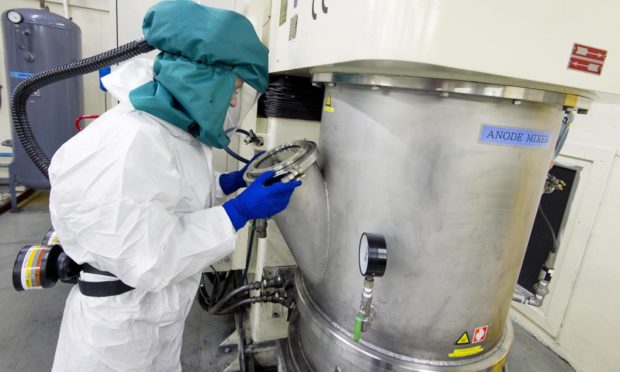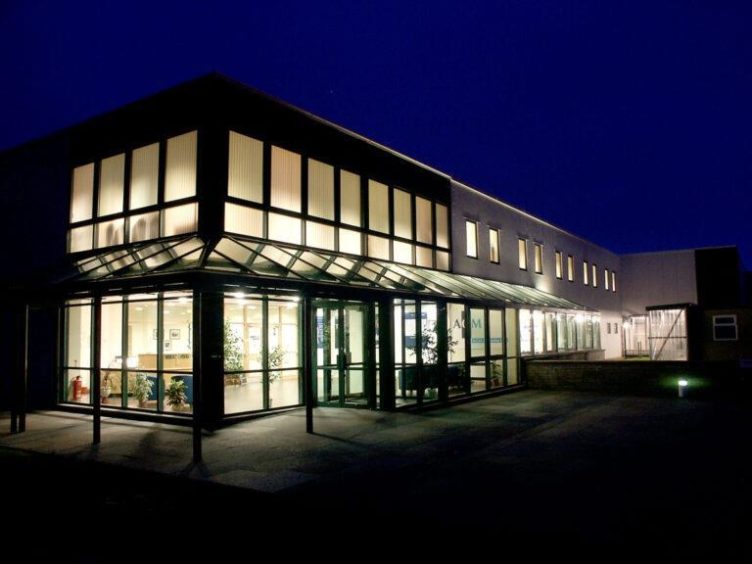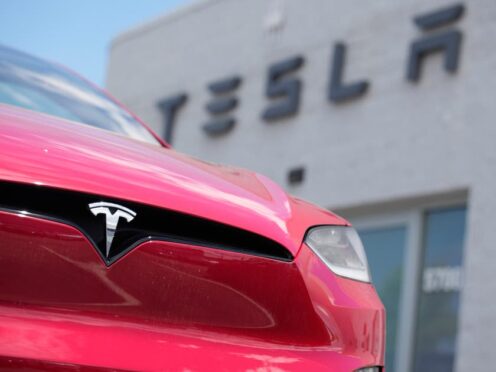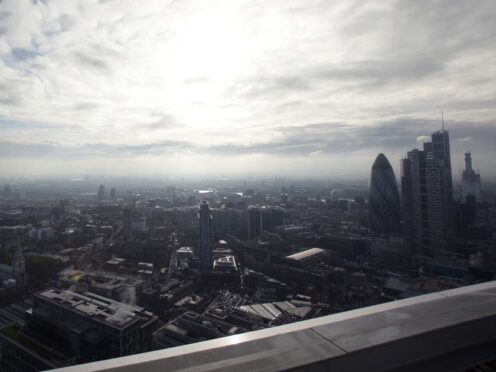A battery manufacturer in Thurso is pressing ahead with plans to build a UK “gigafactory” as the global race to meet demand for electrification intensifies.
AMTE Power is already the UK’s second largest producer of energy storage cells. However a new report has warned there is a “major gap” in planned development of battery cell production capacity. This means the UK risks losing domestic car production altogether unless it catches up, according to the report by manufacturing consultancy HSSMI.
Net-zero needs to be battery-powered
As British drivers switch to electric vehicles and other shifts towards electrification take place to meet net-zero goals, the requirement for energy storage cell is far outstripping current levels of production.
It is estimated the UK will require 140 GWh in battery cell capacity, according to research programme, Faraday Institution. However, there is only 3 GWh of production in the UK currently and, by 2030, just a further 45 GWh is planned.
Axel Bindel, executive director of HSSMI has warned the UK – as well as Europe and the US – risk being left behind by other countries that are making rapid headway towards electrification.
Now or never
He said: “Action to ramp up capacity needs to be taken within the coming year. In the most detrimental scenario, UK-based automotive OEMs would seek to leave the country. This would adversely affect the entire economy, not just the automotive sector, as it accounts for 14.4 per cent, worth £44billion, of total UK exports of goods.”
He added that “potentially world leading” battery cells could be produced in the UK with “close collaboration” between investors, customers, government, technology developers and suppliers.”
AMTE has plans to invest tens of millions in a new factory which will be able produce 2gigawatt-hours of battery capacity per year.
It has developed a range of battery types using a variety of chemistries for specialised markets. Its “next generation” battery products are being prototyped in Thurso, including one being tested with an unnamed oil and gas equipment manufacturer.
The company was formed in 2013 by chief executive Kevin Brundish and fellow directors Ian Whiting and Steve Farmer who acquired AGM Batteries, which produced conventional lithium-ion cells, from AEA Technology, a spin off from the UK Atomic Energy Authority. The agency, which then operated the nearby Dounreay nuclear power station, has been credited with building the world’s first ever prototype lithium-ion battery.
Mr Brundish, said: “The UK is a global leader in battery technology and to exploit this to the full, we need to build production here in the UK and not just for the UK car market.
“Our Thurso cell manufacturing plant is the currently the second largest in the UK but to meet the expected demand for our battery cells from our target customer base in the automotive, energy storage and oil and gas sector, we will be building a gigafactory in the UK, the designs for which we have worked on with HSSMI and our next step will be to finalise selection of the land to build it on.”
The company is currently working with the newly established UK Battery Industrialisation Centre (UK Bic) in Coventry to “finalise” its manufacturing processes.
UK Bic, a £130million UK government-funded battery product development facility, is a key plank in Prime Minister Boris Johnson’s plans for a “green industrial revolution” driven by low-carbon technologies.
AMTE raised £11.3million net of fees in a placing on the Alternative Investment Market (AIM) in March.
Last night its share was 6% up to 273p, on a market capitalisation of £89.3m.












